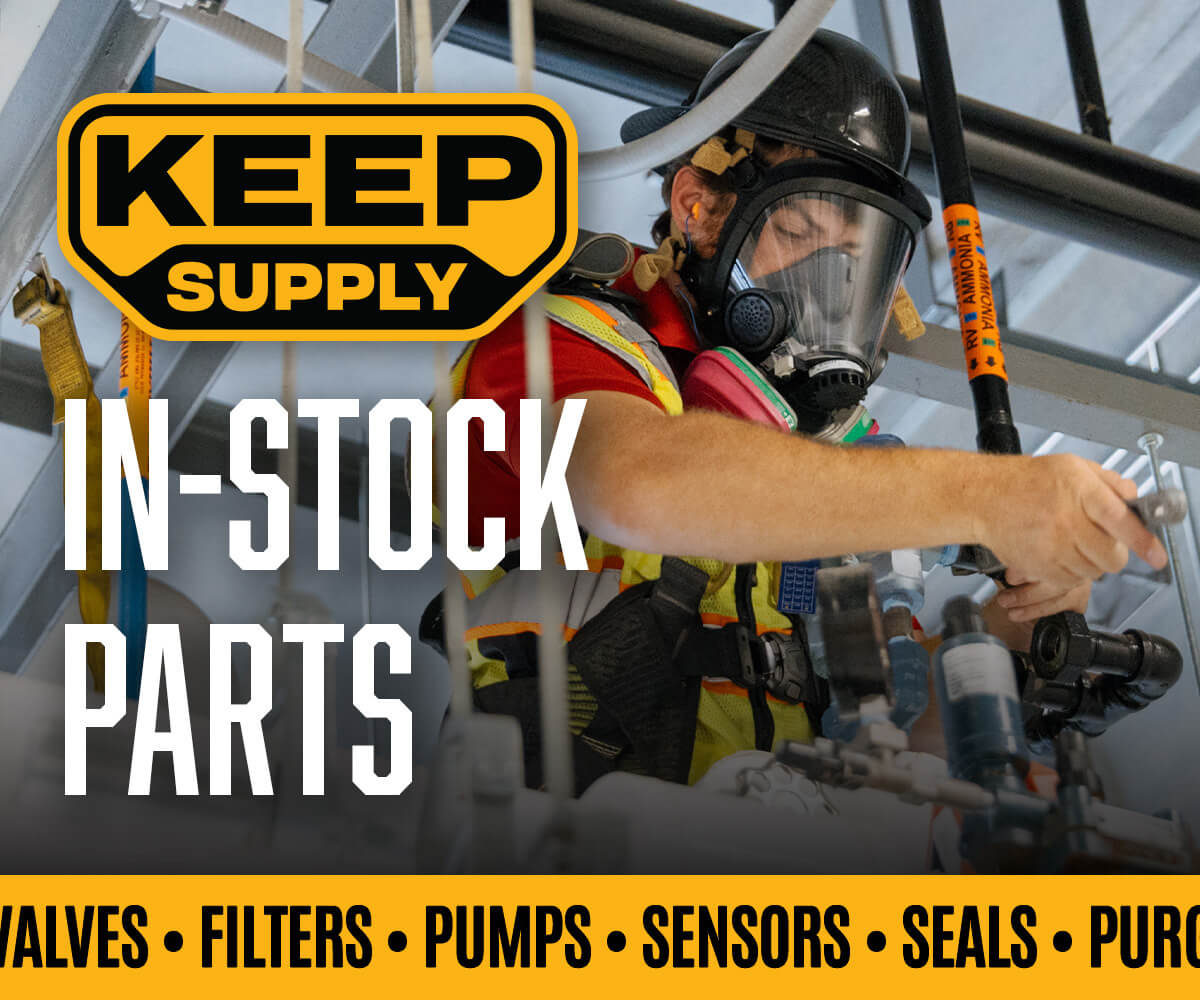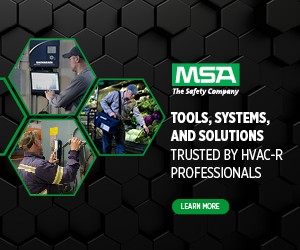Eight Things to Know About Your 5-Year Mechanical Integrity Inspection
And the effectiveness of that five-year inspection hinges on eight critical points:
Timing of the inspection
Most inspections will examine all equipment in the ammonia refrigeration system, including (but not limited to) compressors, condensers, evaporators, piping, insulation, supports, relief valves and headers, ammonia detection, heat exchangers, pressure vessels, maintenance records, emergency stop, ventilation, door signage, eyewash/showers and lighting. During the inspection process, safety shutdowns will be conducted multiple times. So it’s important that a facility selects a quiet time to conduct the inspection.
“The inspector has to test high-level shutdowns, emergency stops, ammonia detection and compressor safety for high and low pressure shutdown and low oil failure shutdown.”
Gene Dumas, project manager at SCS Tracer Environmental
“The inspector has to test high-level shutdowns, emergency stops, ammonia detection and compressor safety for high and low pressure shutdown and low oil failure shutdown,” said Gene Dumas, project manager at SCS Tracer Environmental. “You don’t want to have inspections during a peak time when you’re in high-demand production. I have noticed lots of problems in this area because plants don’t test these annually due to the necessary interruptions to production.”
The inspector will need a person at his side who knows the system
Inspectors must have an employee who knows where everything is located. “Sometimes I’m trying to locate something and my contact person doesn’t know where all the [system components] are,” Dumas said. “I need someone who has knowledge of where everything is, so they can serve as a guide. That person should know every aspect of the plant. They don’t need to be an expert, but they should know where everything is within the system.”
Provide the inspector with an employee capable of operating the system
Inspectors are not allowed to test the equipment. “I can’t close and open valves, trip floats or test compressor safety,” Dumas said. “I can only witness it and make sure it is completed properly and documented.”
Weather can play a factor in the quality of the inspection
Inspectors will require access to the roof of the facility and to sometimes difficult-to-reach pressure valves. In order to receive the most thorough inspection, facilities in cold weather climates should not schedule inspections when ice or snow may cover the inspection areas or render areas inaccessible or unsafe.
“It’s hard to go onto a roof to inspect items when everything is covered in snow,” Dumas said. “I can’t safely climb ladders when there is ice on the roof. In that case, I can only tell you what I can see from the ground. So it’s important to pick the right time of year.”
Have U1-A forms for all pressure vessels readily available
U1A forms will answer any questions the inspector has regarding how the vessel was constructed, the materials that were used, the corrosion allowance, and the pressure ratings. “For example, if I can’t read the pressure rating for a vessel, I can’t determine if you have the proper safety relief valve. The forms will provide the answer,” Dumas said.
Recommend hiring an independent third party to conduct inspections
The independent third party is a person who does not see the system on a daily basis nor has any financial interest in the company. An independent third party inspector will notice issues that may be overlooked by the staff who works on the system every day.
“I don’t recommend a facility use their contractor or company employee to conduct the [5-year mechanical integrity] inspection because of a potential or perceived conflict of interest,” Dumas said. “I would suggest an outside person that has no monetary incentive and basically doesn’t have any skin in the game.”
Prior to the inspection, the facility should communicate with the inspector on required personal protection equipment, where to enter the site and whom to contact
The inspector should be informed of what personal protection equipment is required to comply with the facility’s safety program. The name and phone number for the person the inspector is to meet and where this meeting takes place is also important. “I find more often than not that at 5 a.m., most lobbies are locked and the receptionist is not available,” Dumas said. Resolving these issues usually involves a pre-inspection meeting that can be conducted on the telephone or with a short email.
Timely response to recommendations is required
The inspection will take an average of three days, depending on the size of the facility and the amount of equipment. A list of action items will then be presented. The facility must address these recommendations, findings and suggestions in a timely manner, with the timeframe depending on the risk ranking given to the particular issue. The risk ranking is determined by the potential frequency and consequences associated with the action item. For example, an event that is “frequent” and “catastrophic” may receive a risk ranking of “1” or “high,” which could require resolution within six months.
“But in any case you have to acknowledge the recommendation to be in compliance,” Dumas said. “Depending on the severity and the state regulations, you might not have to follow it, but you must document” the action plan and identify items to be completed or omitted from the plan.















